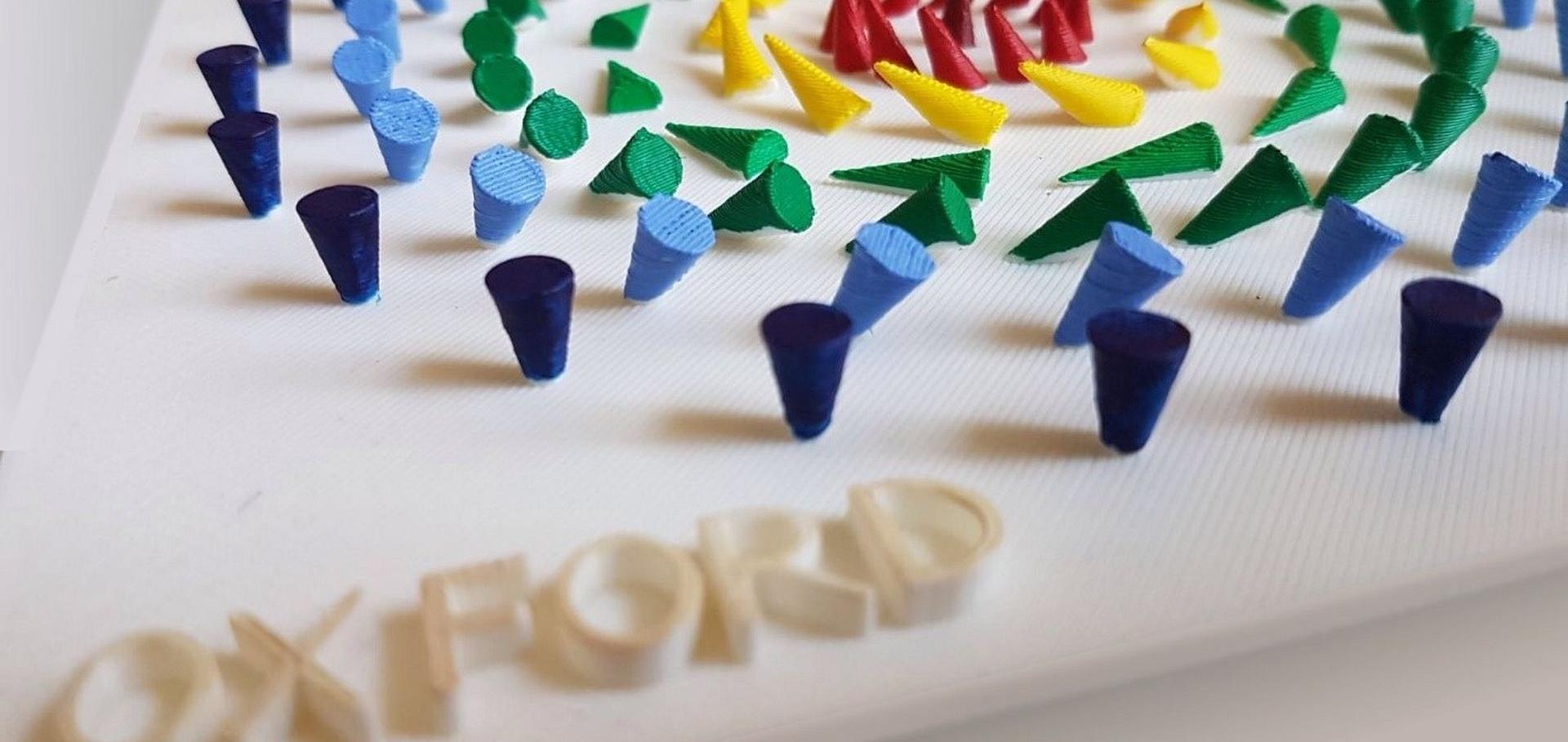Covalency, correlations, and inter-layer interactions governing the magnetic and electronic structure of Mn$_3$Si$_2$Te$_6$
(2023)
Observation of the skyrmion sideface state in a chiral magnet
Physical Review B: Condensed Matter and Materials Physics American Physical Society 107 (2023) L060405
Abstract:
We identify a three-dimensional skyrmion sideface state in chiral magnets that consists of a thin layer of modulated surface spirals and an array of phase-locked skyrmion screws. Such chiral spin structures lead to a characteristic ‘X’-shaped magnetic diffraction pattern in resonant elastic x-ray scattering, reminiscent of Photo 51 of the DNA double helix diffraction. By measuring both thin plates and bulk Cu2OSeO3 crystals in the field-in-plane geometry, we unambiguously identified the modulated skyrmion strings by retrieving their chirality and helix angle. The breaking of the translational symmetry along the sidefaces suppresses the bulk-favored conical state, providing a stabilization mechanism for the skyrmion lattice phase that has been overlooked so far.Scattering-type Near-Field Optical Microscopy Characterization of Topological Insulator Bi2Te3 nanowires
Institute of Electrical and Electronics Engineers (IEEE) 00 (2023) 1-2
Terahertz Characterization of Charge Carrier Dynamics in 3D Dirac Semi-metal Cd3As2 Nanowires
Institute of Electrical and Electronics Engineers (IEEE) 00 (2023) 1-2
Topological materials for helicity-dependent THz emission
Institute of Electrical and Electronics Engineers (IEEE) 00 (2023) 1-2


